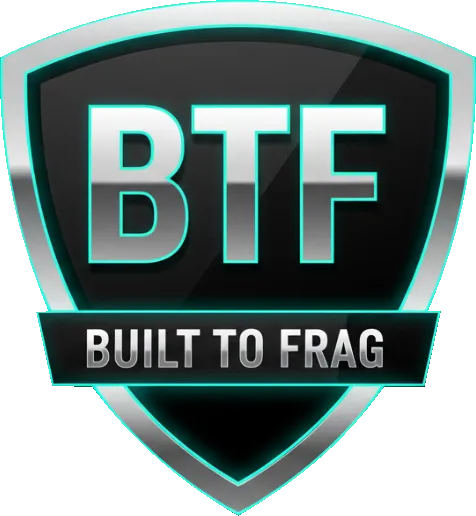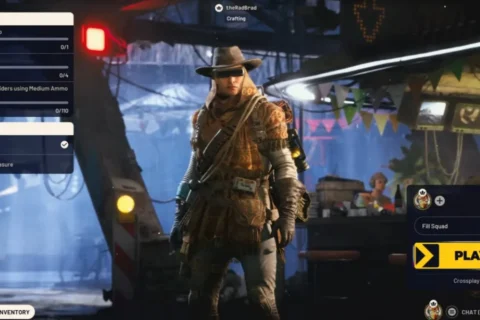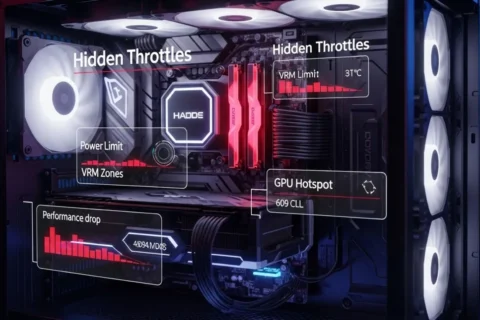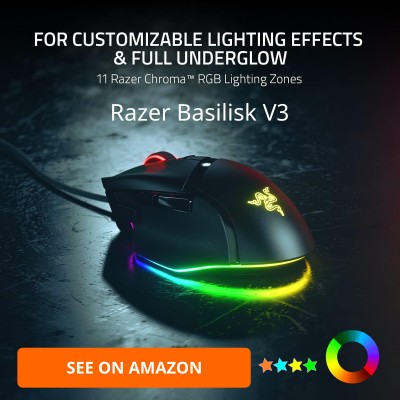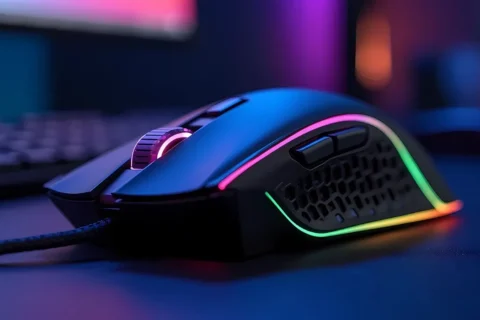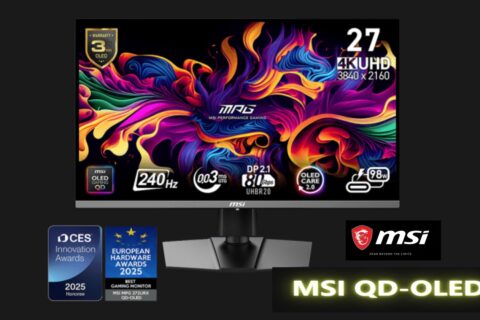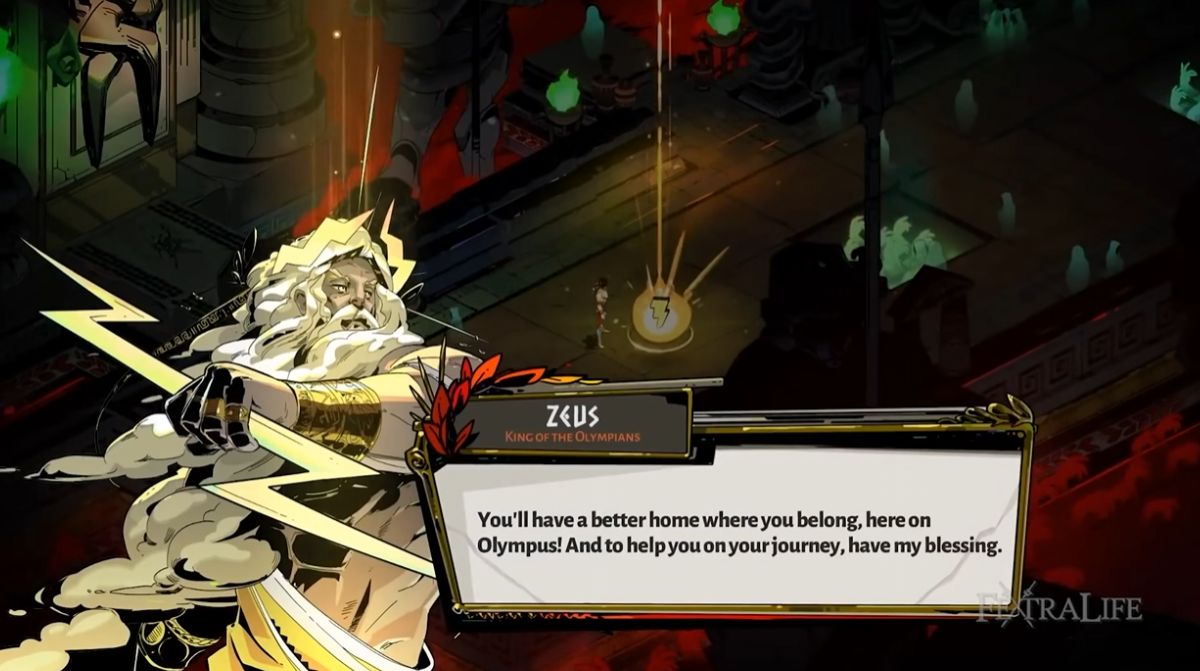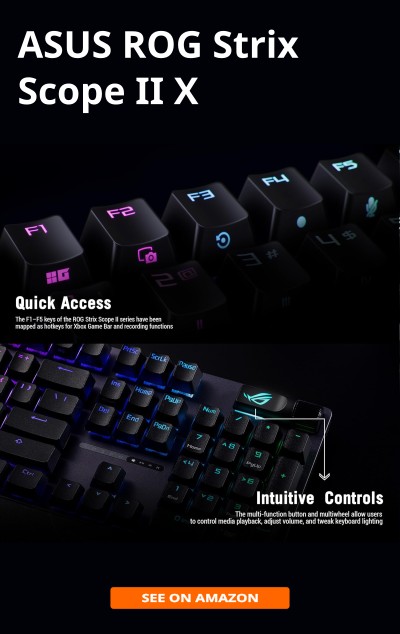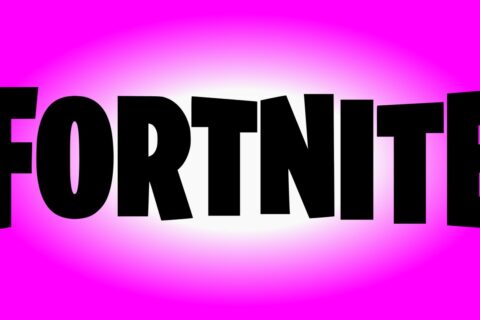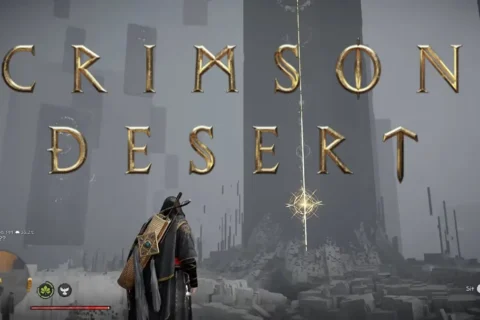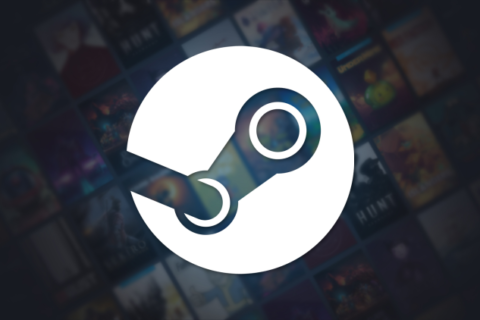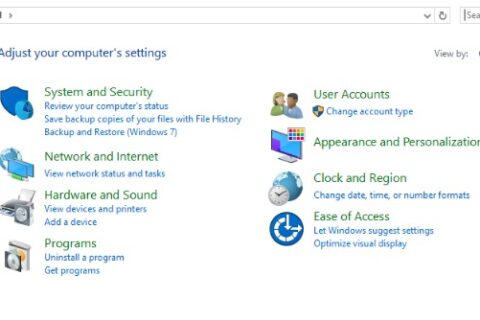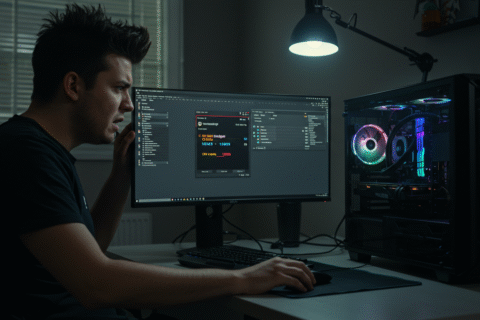Indie games vs AAA isn’t a cute underdog story anymore; it’s the reality of modern PC gaming. While mega-publishers like Electronic Arts and Ubisoft keep doubling down on safe sequels, smaller studios, from ConcernedApe (Stardew Valley) to Supergiant Games (Hades) are shipping punchy ideas, tighter design, and games that actually respect your time. When a one-person project can outsell or out-hype a committee-built blockbuster, that’s not an accident , that’s a shift.
Indie Games Vs AAA’s And Safe Bets Are Getting Boring
We all know the pattern: sprawling open worlds like Assassin’s Creed Valhalla that feel like temp checklists, season passes that promise “content” instead of ideas, and marketing that leans on ray tracing and 4K HDR to cover thin design. There’s polish, sure, but the risk-taking is on life support.
And no, slapping a path-traced mode on top doesn’t turn repetition into innovation. As we’ve said before, ray tracing isn’t magic — it’s just expensive lighting. Whether you’re admiring Cyberpunk 2077’s path tracing or Minecraft RTX’s reflections, tech doesn’t replace ideas. If your headline features are photo modes, cosmetics, and a new battle pass tier, players notice the creative gap.
Indie Innovation Is the New Standard
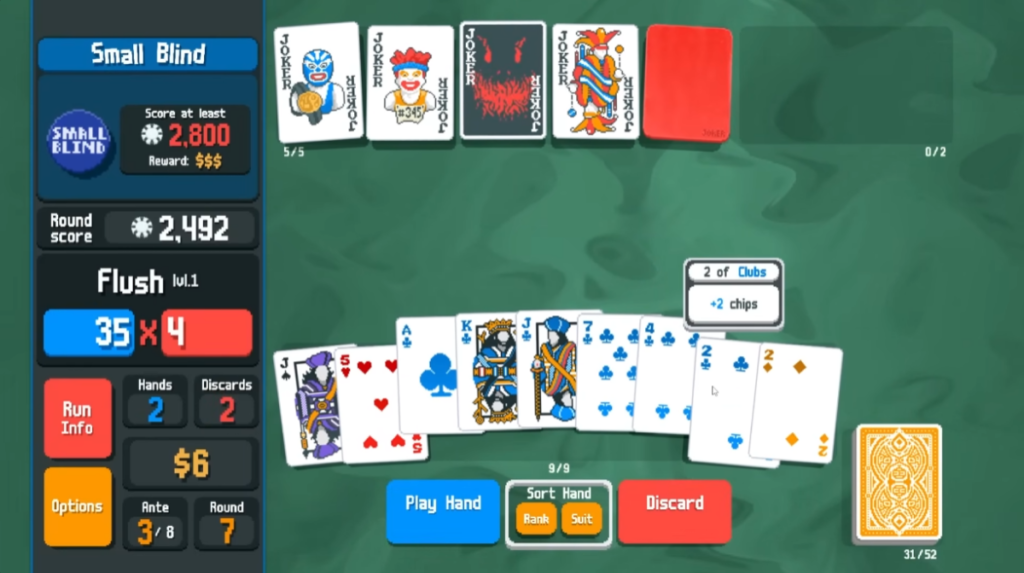
Indie games thrive because they choose a clear vision and execute. Tight loops. Strong identities. No death by committee. Look at how roguelikes like Hades, deckbuilders like Slay the Spire, factory sims like Factorio, and cozy builders like Stardew Valley keep spawning surprises, not because they’re expensive, but because they’re focused.
Want examples to binge? Start with narrative-forward RPGs and action hybrids that punched far above their weight. We’ve rounded up a bunch in our best indie RPGs list. Notice the pattern: fewer systems, better systems; fewer hours, better hours. This is the “low budget, high quality games” era, and players are voting with their wallets and wishlists.
Even on release calendars, indie games vs AAA isn’t even a fair fight, indie titles keep stealing thunder. Many of the most exciting picks in our yearly roundup of best new PC games weren’t mega-budget tentpoles, they were smart, fast, and built by teams that knew exactly what they wanted to be.
Tools That Leveled the Playing Field
Distribution and development have never been more accessible. Engines like Unreal Engine, Unity, and Godot Engine, plus storefronts like Steam, Epic Games Store, and itch.io, let a tiny team (or a single dev) reach a global audience without begging for shelf space. Community hubs do the rest: devlogs, wishlists, early access feedback — the whole pipeline runs on player contact, not gatekeeping.
That community proximity also shapes better design. Developers can float mechanics on day one, get signal from real players, and iterate. If you want to see the sausage getting made (and often improved), the conversation around indie games vs AAA lives in spaces like r/IndieDev, r/gamedev, and dozens of Discord servers. It’s messy, honest, and wildly productive compared to the “we’ll see you in three years” PR cycles of big publishers.
When AAA Tries to Copy Indie… and Fails
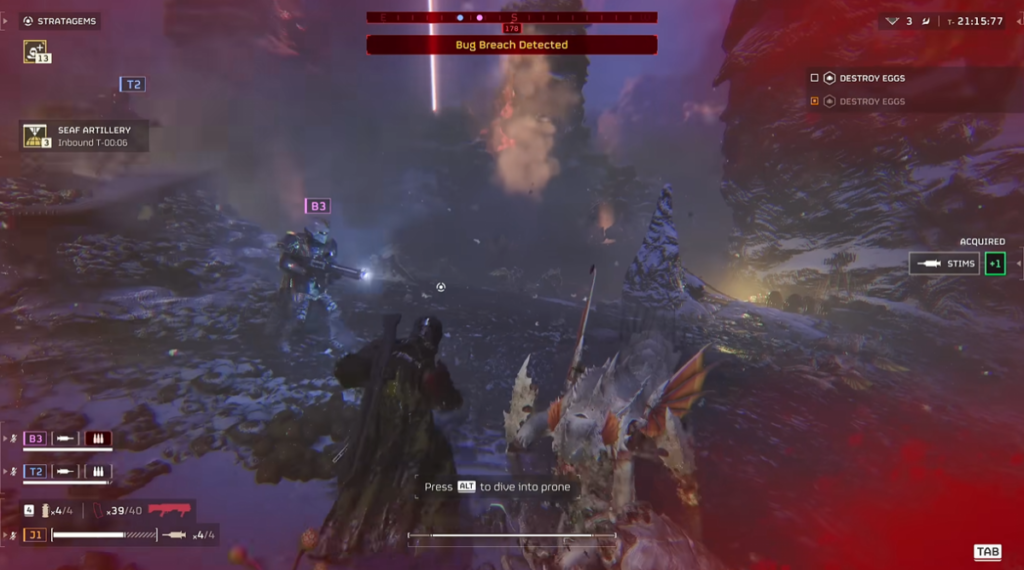
Trends start small, then get strip-mined. The problem is that imitation often copies the surface, not the soul. You can graft procedural generation or a roguelite loop onto anything, but if the core fantasy and friction aren’t there, the result feels like a focus-grouped costume. When Ubisoft tried roguelike offshoots like The Forgotten Saga, or when Blizzard flirted with survival-crafting elements inside long-running franchises, the systems were there, but the spark wasn’t. By the time a sprawling studio ships its “me too” mode, the indie space has already moved on to the next experiment.
Meanwhile, some AAA efforts put more energy into infrastructure than play. Anti-cheat, server tech, and live ops matter, nobody likes a lobby full of aimbots, but it’s telling when the biggest “innovation” is below the hood. If you want that rabbit hole, we broke down Battlefield’s approach here: Javelin kernel-level anti-cheat. Necessary? Maybe. Exciting for players? Not exactly. But Some AA studios aim higher than their budgets suggest, and a perfect AA example in Kingdom Come Deliverance 2 shows how ambition pays off.
The Secret Weapon: Creative Freedom
What makes an indie game successful more often than not is clarity. One big idea, executed with taste, and shipped while it’s still hot. Hollow Knight nailed its combat-exploration flow before shipping; Disco Elysium doubled down on narrative depth before release. These aren’t “happy accidents” they’re the byproduct of freedom.
That elasticity creates the kind of “aha” moments players talk about months later. The runs, builds, and story reveals that feel authored yet surprising. It’s the opposite of bloat: decisions you can feel.
But Let’s Be Real: Indies Have Challenges
Discoverability is brutal. Steam launches are a firehose, and most titles vanish without a ripple. Funding is fragile, marketing eats dev time, and early access can cut both ways. Even critical darlings like Outer Wilds needed a spark — awards buzz from The Game Awards and amplification on Twitch , to hit escape velocity.
Still, the pipeline keeps producing because the incentives are aligned. In the indie games vs AAA race, making something specific and excellent means players will find it, via streamers, festivals, or word of mouth. The upside for a small team is life-changing; the downside is a short fall. That risk profile breeds better bets.
Why This Matters for PC Gamers
PC is home base for indies: open platforms, modding culture, and communities that amplify clever design. You don’t need a high-end rig to get in on it either, there are plenty of brilliant options on modest hardware. If you’re riding an older GPU, start here: free games for low-spec PCs. Indie design tends to prioritize iteration over tech arms races, which means more games run great on everyday machines. You don’t always need a billion-dollar budget to shake up a meta. FragPunk’s Season 2 Chapter 2 shows how an ambitious indie can drop a mode that feels more innovative than what most AAA shooters push out in a year.
New to the scene or just genre-curious? We keep a simple guide that maps tastes to styles, from tactical to cozy to crunchy sims. Hit our PC gaming genres for beginners to find a lane you’ll actually stick with.
Define “Indie”: What It Really Means Today
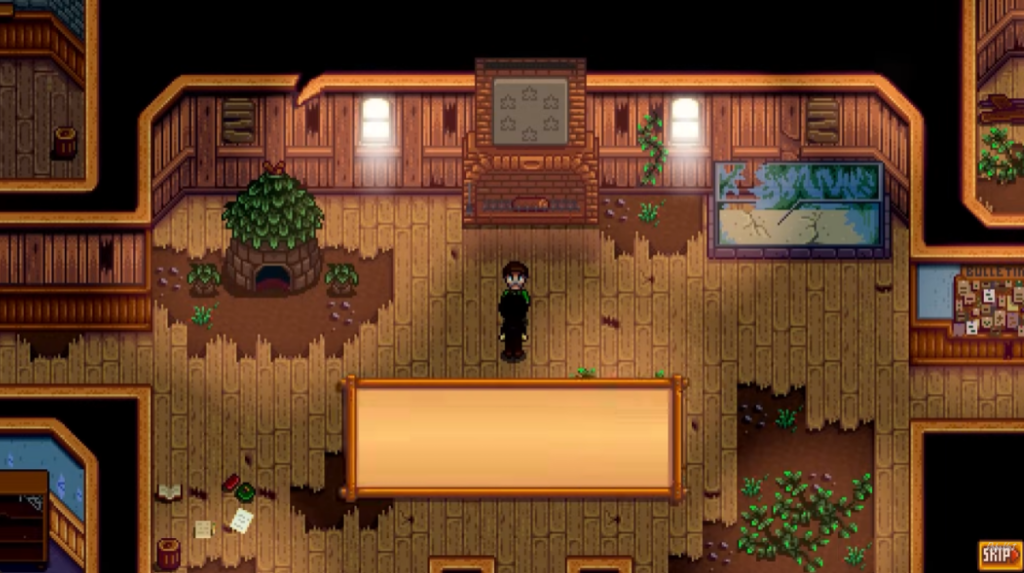
Definitions get fuzzy fast. “Indie video games” once meant “no publisher.” Today, it’s more about control: creative ownership, flexible scope, and budgets that don’t require mass-market compromises. That’s why you’ll see publisher-supported projects still read as “indie”, the authorship is intact, the vision is coherent, and the waterfall of approvals isn’t flattening the edges. On the other side, studios like Larian Studios scaled from indie roots to ship Baldur’s Gate 3 without losing that authored feel, a different path than corporate-controlled juggernauts from Activision Blizzard.
If you’re here for strict labels: good luck. Players recognize indie by feel. It’s the confidence to be specific.
Where the Industry Is Heading
Even industry legends like John Romero have said the quiet part out loud: the future belongs to teams that can move quickly and deliver new ideas. Conferences and showcases increasingly treat independent developers as the R&D lab of the medium, from the PAX indie spotlights.
Indie Games vs AAA: What Players Actually Feel
- Playtime quality over quantity: you finish more runs, builds, and campaigns that feel intentional.
- Fewer chores, more choices: less map clutter, more meaningful decisions.
- Faster iteration: updates and balance patches that respond to real player behavior.
- Price sanity: fair pricing, generous demos, and early access that earns trust.
Quick Takeaways
- AAA polish can’t hide stale design forever; players notice.
- Indies win by committing to one strong idea and cutting everything else.
- Modern tools and storefronts erased old gatekeepers, shipping is democratized.
- Copycat AAA trends miss the point; you can’t clone taste.
- PC remains the best ecosystem for discovering, modding, and supporting indies.
BTF’s Conclusion
The headline isn’t a hyperbole: indie games vs AAA isn’t a rivalry, it’s a rewrite. Indies aren’t nibbling at the edges; they’re setting the pace, redefining value, and reminding everyone that good design beats big budgets. AAA can catch up if it wants to, but that means taking real risks again, not just selling prettier reflections. Until then, the most exciting ideas are coming from small teams with sharp taste and the freedom to use it.
Want to broaden your diet? Start with a genre you already like, try one indie within that lane, and let the rabbit hole do its thing. If you need a map, our genre guide for beginners and the latest best new PC games will keep you busy.
Bonus: If you are into Roblox? . I actually broke down the smartest way to tackle the grind in Grow a Garden on Roblox if you want a chill but efficient routine.
FAQs
What is an indie game, exactly?
Practically, it’s a game with creative control in the hands of a small, autonomous team, often self-funded or lightly published. The budget matters less than the ownership and focus. Even awards circuits like The Game Awards and IGF recognize this with dedicated categories.
Why are indie games better at innovating?
Shorter feedback loops and fewer stakeholders. A small team can pivot in a week; a giant publisher might need a quarter just to schedule a meeting. See Minecraft’s early days, Hades’ early access cadence, or DAVE THE DIVER’s rapid iteration for proof.
How hard is it to make an indie game?
Brutally hard. Code is the easy part compared to art, audio, production, marketing, QA, and community management. The upside is that modern engines and stores remove a lot of friction, That’s why these engines like Unreal, Unity, Godot, and distributions via Steam or itch.io. make the life of a Indie developer just that much simpler!
What makes an indie game successful?
A specific hook (mechanic, theme, or loop), strong onboarding, and updates that respect player time. Hype helps, but retention is earned. Examples: Balatro’s one-more-run loop, Stardew Valley’s cozy compulsion, Hades’s meta-progression done right.
Do I need a high-end PC to play indie games?
Usually not. Many run great on modest hardware, and there are loads of excellent titles that play well on older rigs, see our roundup of free games for low-spec PCs. Famous examples that scale well: Undertale, Celeste, and Risk of Rain.
Sources & Further Reading
After Your Read!
If you’ve got a favorite recent indie that deserves more love, drop it in the comments and tell us why it works. What did it do that you wish AAA would stop ignoring?
